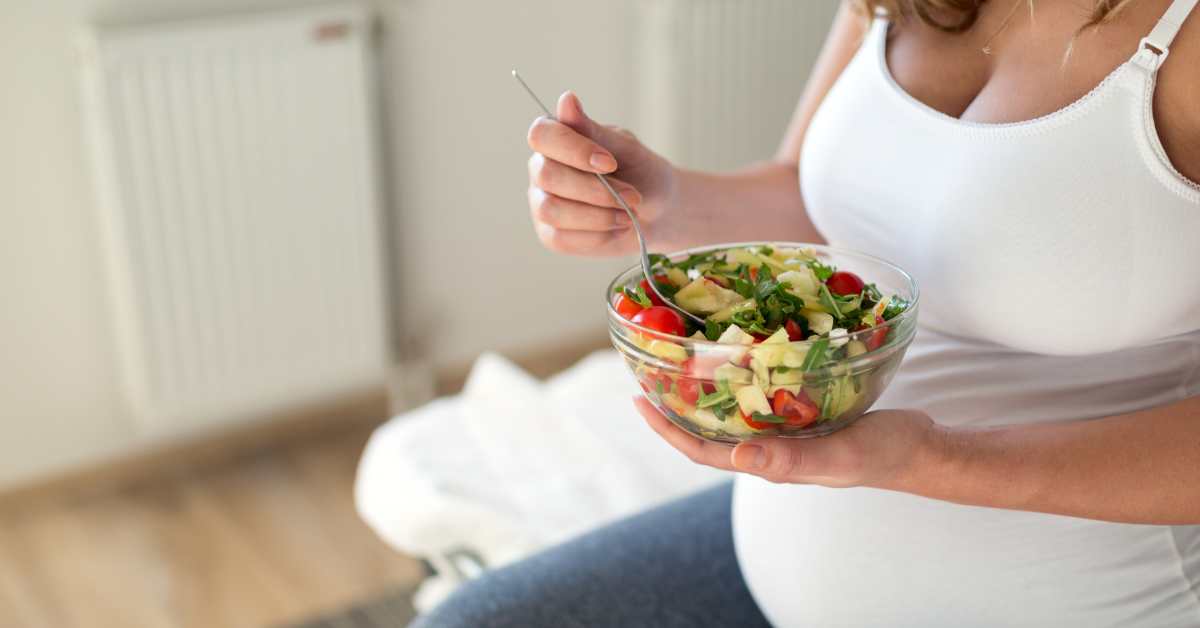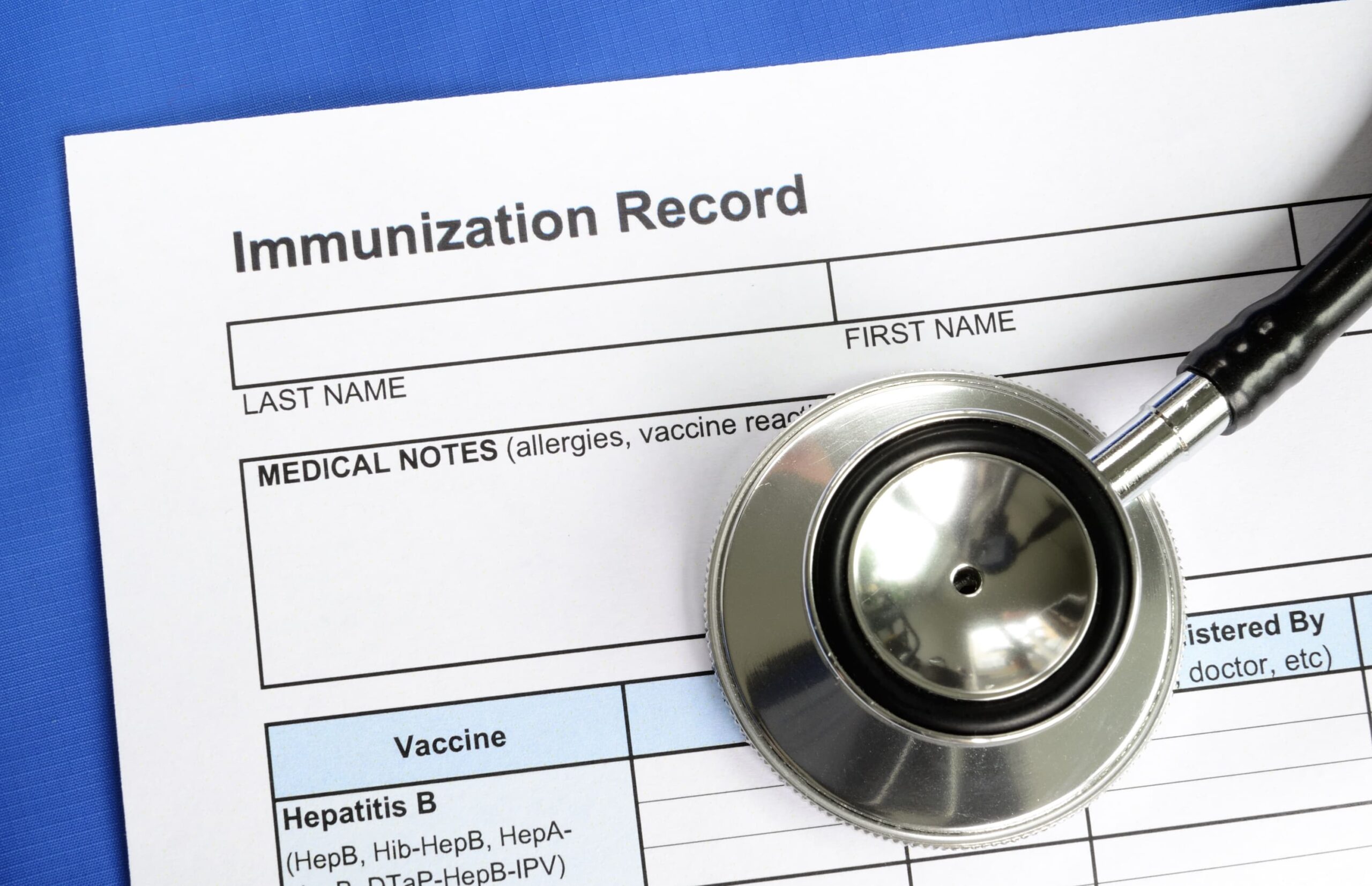Vitamin A is required for healthy prenatal and postnatal infant development and immune function. However, there is a risk for toxicity at high levels so some experts recommend avoiding it completely during pregnancy to avoid harming the developing child. While high doses of vitamin A carry potential risks, moderate consumption of vitamin A is not only safe, it is essential during pregnancy and breastfeeding.
This article covers vitamin A requirements and upper limits while offering information about how to safely consume vitamin A from supplements, food, beef liver, and cod liver oil.
Vitamin A Intake In The United States
According to research published in 2020, 45% of Americans do not consume enough vitamin A in their diets. This usually doesn’t lead to an outright vitamin A deficiency as seen in developing nations, but it does lead to what we call vitamin A insufficiency or inadequacy.
 Vitamin A Insufficiency
Vitamin A Insufficiency
Vitamin A insufficiency or inadequacy occurs when the daily intake of vitamin A falls below the recommended daily allowance (RDA). This is more difficult to diagnose than vitamin A deficiency because it isn’t detectable on lab tests and the symptoms are fairly non-specific and include fatigue, increased susceptibility to infections, infertility, night blindness, and dry skin. Therefore, vitamin A insufficiency is evaluated through the amounts consumed in the diet through food and supplements.
Vitamin A Requirements & Upper Limit During Pregnancy
The recommended daily allowance for vitamin A during pregnancy is 750 mcg (2500 IU). This is the lower limit for vitamin A consumption. This limit can be achieved by consuming both preformed vitamin A (retinol) and provitamin A (beta carotene and other carotenoids). Beta carotene can be converted to vitamin A in the liver.
The upper limit for vitamin A supplementation in pregnancy is 3,000 mcg (10,000 IU) of preformed retinol. There is no upper limit to beta carotene because it carries no reproductive risk to the mom or baby.
Therefore, pregnant moms should aim for 750-3,000 mcg (2,500-10,000 IU) per day of vitamin A from all sources.
In my opinion, getting nutrients from food is ideal but not always realistic. Supplements are great because they fill in gaps in our diets as needed. Keep in mind that the amounts of vitamin A in different supplements vary widely. One brand of prenatal vitamin will likely contain a different amount of vitamin A than another. Therefore, always read labels carefully and discuss all supplementation choices with a qualified healthcare provider.
Vitamin A Needs Change Throughout Pregnancy
Though the standard recommended intake of vitamin A throughout pregnancy is 750-3,000 mcg (2,500-10,000 IU) per day, actual vitamin A needs vary throughout pregnancy.
First 60 Days of Pregnancy
Evidence indicates that this is the time when the risk of reproductive toxicity due to excess vitamin A is highest. The WHO recommends a maximum supplement of 10,000 IU (3,000 mcg) per day of preformed vitamin A during this time. In my clinical practice, I usually have mamas on just a prenatal multivitamin for the first 60 days of pregnancy, unless they are fighting a viral illness or are having trouble consuming vitamin A containing foods due to aversions or morning sickness.
Third Trimester
The rate of vitamin A deficiency increases. This likely happens because maternal blood volume is rapidly increasing and the baby is quickly growing. Both of these processes require vitamin A. When my patients are in the third trimester, I may discuss adding cod liver oil or a beef liver supplement. However, this depends on the mother’s diet and overall health.
Vitamin A Needs Increase During Viral Infections
Vitamin A levels go down during viral infections due to decreased consumption (appetite) and increased use and urinary excretion. Increased vitamin A must be consumed to maintain healthy vitamin A levels, which are needed to mount a robust immune response.
In my practice, I often recommend a large dose of vitamin A at the beginning of certain viral infections like Covid-19. However, large doses of vitamin A are not recommended during pregnancy, and I don’t ever recommend a vitamin A megadose for pregnant women.
Vitamin A Requirements & Upper Limit During Breastfeeding
Creating and nourishing a baby takes a massive amount of nutrients, including vitamin A. Breast milk supplies a significant amount of vitamin A to your baby. Vitamin A requirements are the highest during breastfeeding: the minimum amount of vitamin A required daily is 1,300 mcg (4,333 IU) and the recommended upper limit remains the same at 3,000 mcg (10,000 IU).
 Megadoses of vitamin A have been studied in lactating women and do not pose a risk to infants when properly dosed. See this article for more information: Vitamin A Megadose For Viral Infections – Dr. Green Mom.
Megadoses of vitamin A have been studied in lactating women and do not pose a risk to infants when properly dosed. See this article for more information: Vitamin A Megadose For Viral Infections – Dr. Green Mom.
Vitamin A Supplementation While Breastfeeding
Because lactating moms have multiple increased nutrient needs, in my clinical practice I usually have them continue taking a prenatal vitamin for at least 6 months postpartum. On a personal note, I continued taking a prenatal vitamin for two years after both of my pregnancies!
I often recommend taking beef liver capsules and/or cod liver oil along with a prenatal vitamin during the postpartum period. The dose depends on energy levels, red blood cell status, and diet.
Combining Vitamin A Containing Supplements
Safely combining vitamin A supplements requires a little math. The maximum daily supplemental dose of vitamin A is 3,000 mcg (10,000 IU). Remember that only the preformed vitamin A is included in the calculation for the max dose and beta carotene is not.
- I aim for vitamin A supplemental doses closer to the maximum in the postpartum period or during times of sickness and for people who do not consume a lot of animal-based foods.
- I aim for supplemental doses closer to the minimum recommended doses described above during the first trimester of pregnancy and for people who regularly consume animal-based foods.
People with a varied diet and strong digestion do not necessarily need vitamin A supplements.
Summary
Vitamin A is essential for reproduction, development, blood cell production, vision, neurological function, immune function, and more. Getting adequate amounts during pregnancy and lactation is especially important for both mom and baby.
Unfortunately, fear of vitamin A toxicity has scared some people away from vitamin A, especially during pregnancy. While vitamin A toxicity is real, there are established upper limits to vitamin A supplementation during pregnancy and breastfeeding. With education and awareness of proper dosage, it is safe to consume this crucial vitamin.
Read more about foods that contain vitamin A: Top Food Sources of Vitamin A Plus Family Friendly Recipes – Dr. Green Mom.
References
Vitamin A and Carotenoids – Health Professional Fact Sheet
Vitamin A | Linus Pauling Institute
Bastos Maia, S., Rolland Souza, A. S., Costa Caminha, M. F., Lins da Silva, S., Callou Cruz, R. S. B. L., Carvalho Dos Santos, C., & Batista Filho, M. (2019). Vitamin A and Pregnancy: A Narrative Review. Nutrients, 11(3), 681. https://doi.org/10.3390/nu11030681
Cañete, A., Cano, E., Muñoz-Chápuli, R., & Carmona, R. (2017). Role of Vitamin A/Retinoic Acid in Regulation of Embryonic and Adult Hematopoiesis. Nutrients, 9(2), 159. https://doi.org/10.3390/nu9020159
Wiseman, E. M., Bar-El Dadon, S., & Reifen, R. (2017). The vicious cycle of vitamin a deficiency: A review. Critical reviews in food science and nutrition, 57(17), 3703–3714. https://doi.org/10.1080/10408398.2016.1160362
Chagas, C. B., Saunders, C., Pereira, S., Silva, J., Saboya, C., & Ramalho, A. (2013). Vitamin a deficiency in pregnancy: perspectives after bariatric surgery. Obesity surgery, 23(2), 249–254. https://doi.org/10.1007/s11695-012-0822-x
Fulgoni, V. L., 3rd, Keast, D. R., Bailey, R. L., & Dwyer, J. (2011). Foods, fortificants, and supplements: Where do Americans get their nutrients?. The Journal of nutrition, 141(10), 1847–1854. https://doi.org/10.3945/jn.111.142257
Tepasse, P. R., Vollenberg, R., Fobker, M., Kabar, I., Schmidt, H., Meier, J. A., Nowacki, T., & Hüsing-Kabar, A. (2021). Vitamin A Plasma Levels in COVID-19 Patients: A Prospective Multicenter Study and Hypothesis. Nutrients, 13(7), 2173. https://doi.org/10.3390/nu13072173
Weber, D., & Grune, T. (2012). The contribution of β-carotene to vitamin A supply of humans. Molecular nutrition & food research, 56(2), 251–258. https://doi.org/10.1002/mnfr.201100230
Bezerra, D. S., de Melo, A. T. A., de Oliveira, K. C. A. N., de Araújo, K. Q. M. A., Medeiros, M. S. M. F., Santos, F. A. P. S. D., Medeiros, J. F. P., Lima, M. S. R., da Silva, A. G. C. L., Ribeiro, K. D. D. S., Dimenstein, R., & Osório, M. M. (2022). Breast Milk Retinol Levels after Vitamin A Supplementation at Different Postpartum Amounts and Intervals. Nutrients, 14(17), 3570. https://doi.org/10.3390/nu14173570
da Cunha, M. S. B., Campos Hankins, N. A., & Arruda, S. F. (2019). Effect of vitamin A supplementation on iron status in humans: A systematic review and meta-analysis. Critical reviews in food science and nutrition, 59(11), 1767–1781. https://doi.org/10.1080/10408398.2018.1427552
Strobel, M., Tinz, J., & Biesalski, H. K. (2007). The importance of beta-carotene as a source of vitamin A with special regard to pregnant and breastfeeding women. European journal of nutrition, 46 Suppl 1, I1–I20. https://doi.org/10.1007/s00394-007-1001-z
Strobel, M., Tinz, J., & Biesalski, H. K. (2007). The importance of beta-carotene as a source of vitamin A with special regard to pregnant and breastfeeding women. European journal of nutrition, 46 Suppl 1, I1–I20. https://doi.org/10.1007/s00394-007-1001-z
Sommer, A., & Vyas, K. S. (2012). A global clinical view on vitamin A and carotenoids. The American journal of clinical nutrition, 96(5), 1204S–6S. https://doi.org/10.3945/ajcn.112.034868
Milani, A., Basirnejad, M., Shahbazi, S., & Bolhassani, A. (2017). Carotenoids: biochemistry, pharmacology and treatment. British journal of pharmacology, 174(11), 1290–1324. https://doi.org/10.1111/bph.13625
Hodge, C., & Taylor, C. (2022). Vitamin A Deficiency. In StatPearls. StatPearls Publishing.
Zhang, X., Zhang, R., Moore, J. B., Wang, Y., Yan, H., Wu, Y., Tan, A., Fu, J., Shen, Z., Qin, G., Li, R., & Chen, G. (2017). The Effect of Vitamin A on Fracture Risk: A Meta-Analysis of Cohort Studies. International journal of environmental research and public health, 14(9), 1043. https://doi.org/10.3390/ijerph14091043
Tang G. (2012). Techniques for measuring vitamin A activity from β-carotene. The American journal of clinical nutrition, 96(5), 1185S–8S. https://doi.org/10.3945/ajcn.112.034603
Lemke, S. L., Dueker, S. R., Follett, J. R., Lin, Y., Carkeet, C., Buchholz, B. A., Vogel, J. S., & Clifford, A. J. (2003). Absorption and retinol equivalence of beta-carotene in humans is influenced by dietary vitamin A intake. Journal of lipid research, 44(8), 1591–1600. https://doi.org/10.1194/jlr.M300116-JLR200
Grune, T., Lietz, G., Palou, A., Ross, A. C., Stahl, W., Tang, G., Thurnham, D., Yin, S. A., & Biesalski, H. K. (2010). Beta-carotene is an important vitamin A source for humans. The Journal of nutrition, 140(12), 2268S–2285S. https://doi.org/10.3945/jn.109.119024








